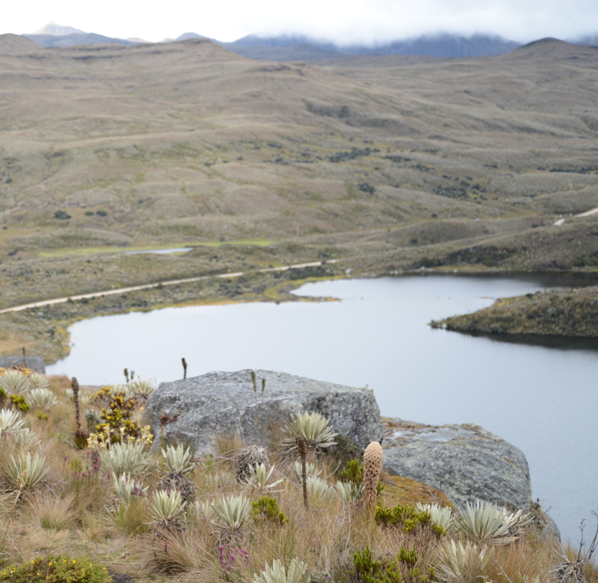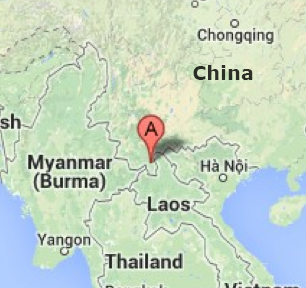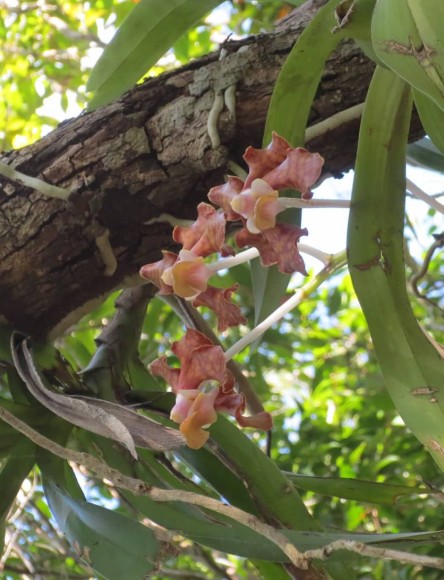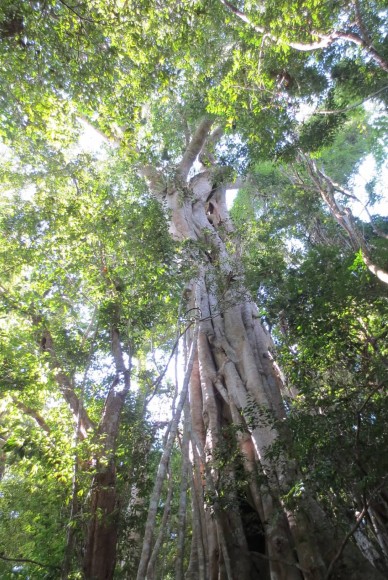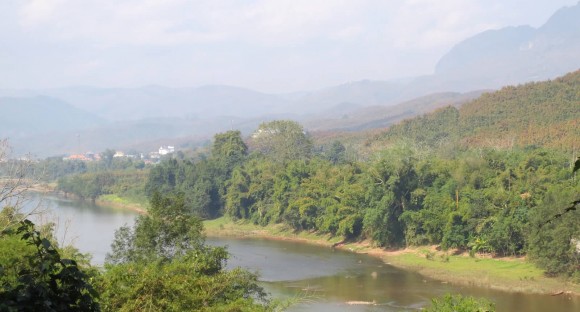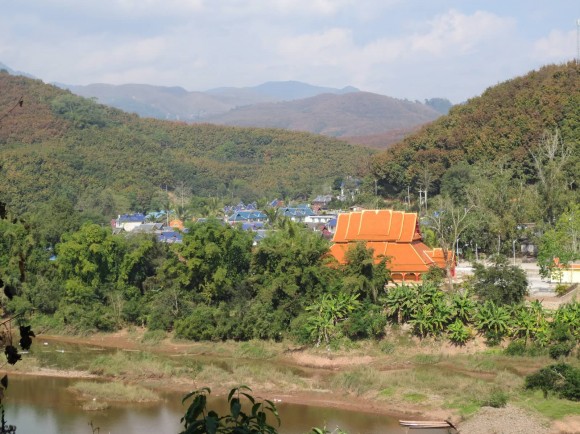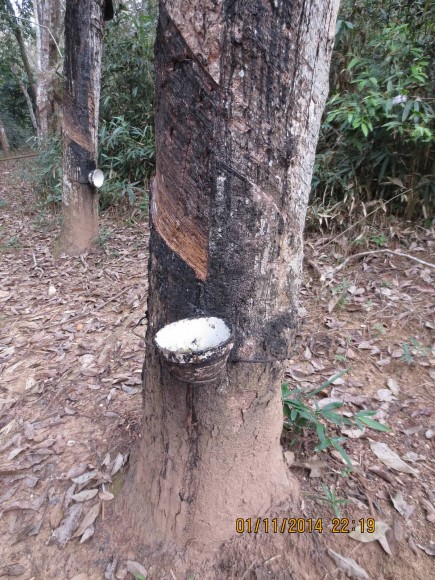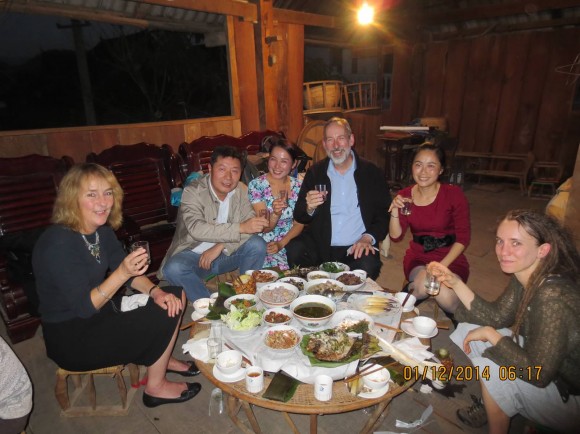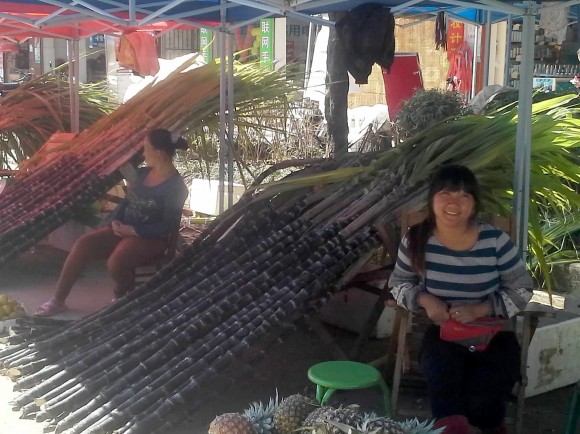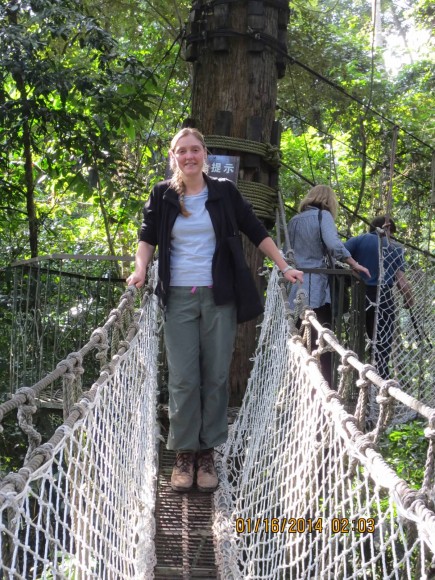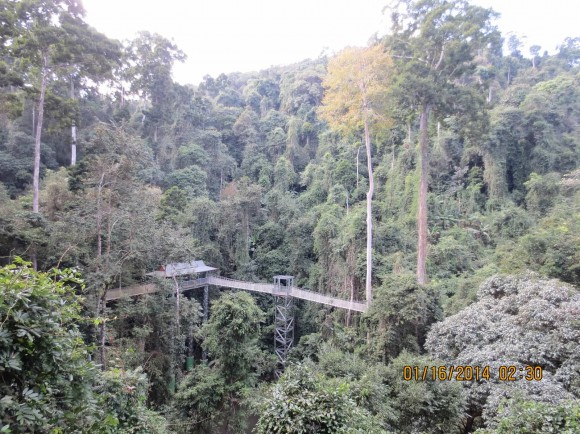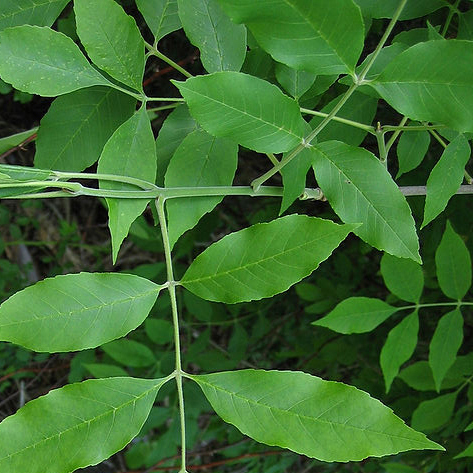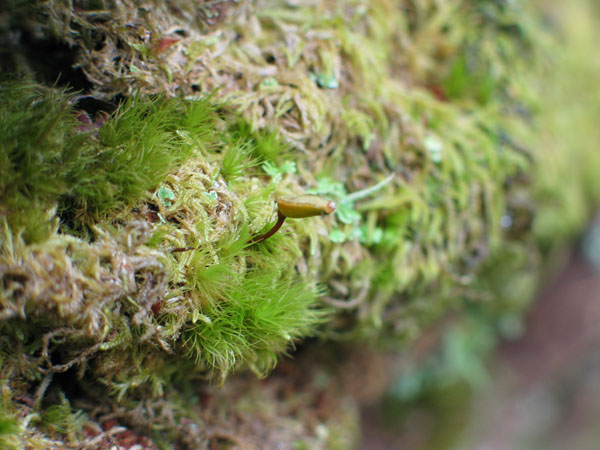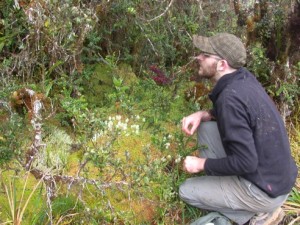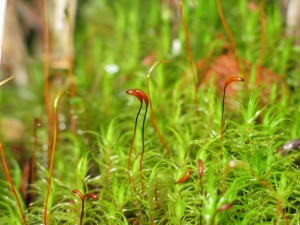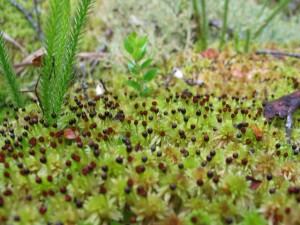Silvery-green sagebrush cascades over the canyons of the Great Plains and Great Basin in numbers that would strike envy into the hearts of most rare and endangered plants. The abundant species keeps the wheels turning in a system where struggling plant and animal species rely on it for life-sustaining benefits.
As the climate changes and brings new rainfall levels and other environmental conditions, will this important species transition to new locations? What are the potential consequences for its current neighbors? These questions concern Shannon Still, Ph.D., postdoctoral research associate at the Chicago Botanic Garden.
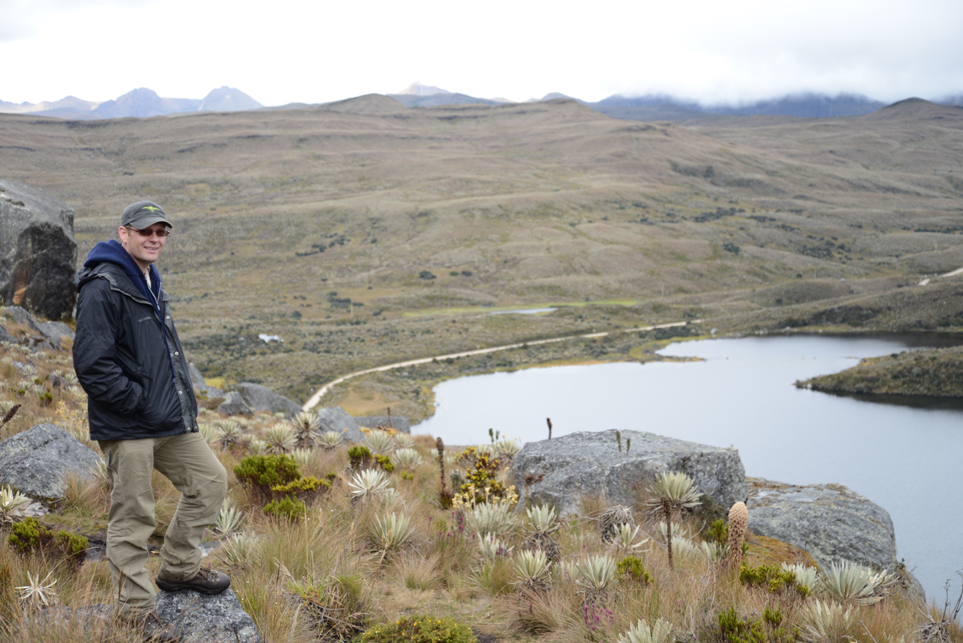
“Sagebrush is a very big part of the ecosystem in the West, and we need to see what is going to happen,” said Dr. Still. “It’s a workhorse species that is important for pygmy rabbits, sage grouse, and mice that live around it, and it helps to stabilize soils.”
Still made several trips into states including Colorado, Wyoming, Idaho, and Nevada in 2014 to investigate the likelihood of such a transformation and to help prepare land managers for the potential results. “When a climate changes, species often shift their location within it,” he explained. When that species has already become an integral part in the lives of its neighbors, it can mean a ripple of changes across the entire system.
It’s All About That Brush
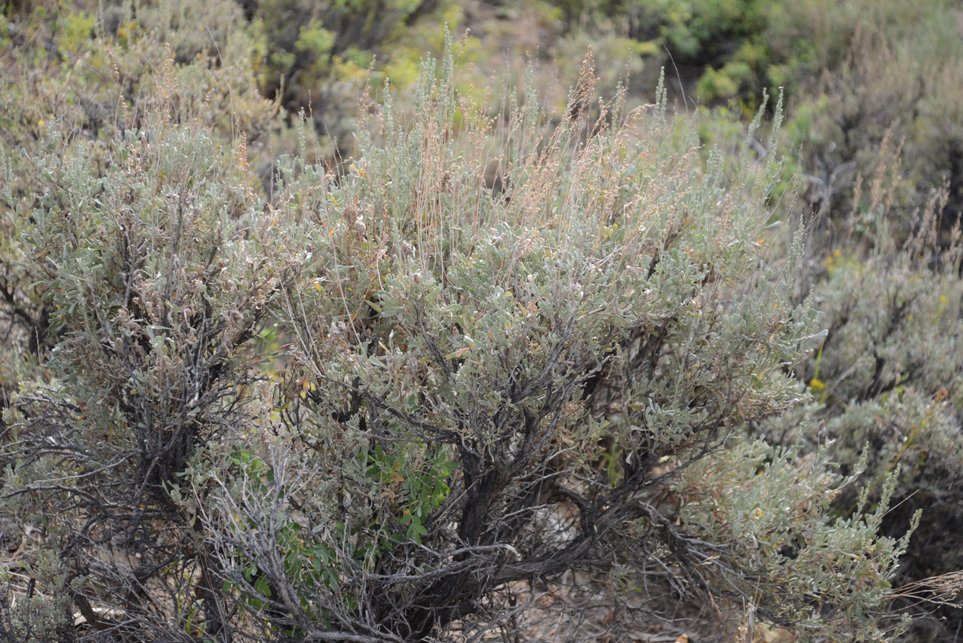
Standing in a thicket of Wyoming big sagebrush (Artemisia tridentata Nutt. ssp. wyomingensis), the focus species of his study, Still reaches into a 3-foot tall plant with his Felco 8 pruners to take a sample. (He’ll later send this sample to his collaborator in Utah who will confirm the subspecies identification through a genetic test.)
Still plots the location of the plant with his GPS unit, which he also uses to track his route through the dusty wilderness in the Garden research vehicle. He snaps a few photos for visual reference and makes notes in his computer tablet before moving on to the next site.
There are millions of plants out there now, Still estimates. So, he strategically collects information from 150 key locations during multiple visits. He then returns to the Garden to add the new information to his database, which also holds data from herbaria records he collected earlier.
At his desk in the Garden, he inputs new data. He then uses a software workflow he built himself to compare a map of the plants with a map of how the climate will look in those locations in future years. He runs models that overlay one map on top of the other to see where climate shifts will occur in the current species range. This allows him to predict where Wyoming big sagebrush will continue to prosper, and where it may disappear due to a lack of rain, too much rain, or temperature shifts, for example.
Staking a Claim
Still is excited about the ability of the software to provide climate-related analysis on sagebrush and other species. In fact, it’s the second study he has run with the program in the last two years since it was developed, using specialized algorithms for each.
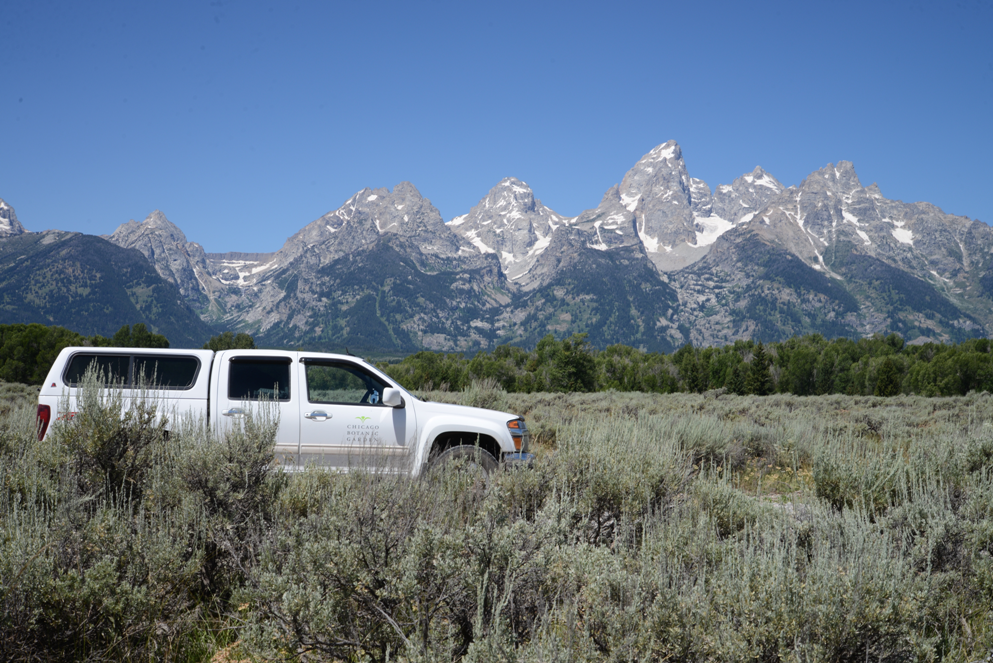
First, he developed the software workflow to better understand how more than 500 rare species in the same western region might fare in the future if their environmental conditions change as predicted, and to which changes they are most vulnerable. The study results are like a crystal ball for land managers, identifying which species are most urgently in need of their care. The three-year investigation will come to a close in late 2015.
Already, both studies have received attention, with publications in the January issue of Nature Areas Journal authored by Still and his collaborators.
Still’s initial findings reveal that the Wyoming big sagebrush species already appears to be shifting. An anticipated increase in precipitation in the Great Plains and a drier climate in the Great Basin may lead to a contraction of the species into a smaller range, he explained. “By 2050, models show that 39 percent of the current climate for Wyoming big sagebrush will be lost.”
Still hopes that by identifying locations where sagebrush may fail to thrive, land managers can immediately focus on restoring areas that will continue to be suitable for the species long term.
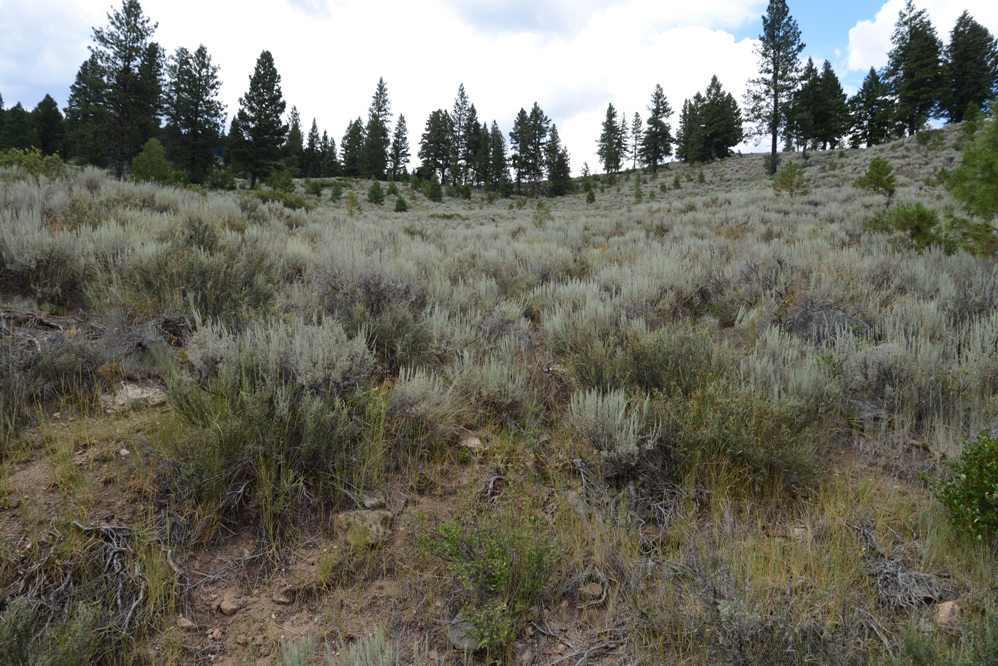
“We don’t expect sagebrush to go extinct,” said Still. “But we may lose plants in areas where we don’t want to lose them, or more rapidly than we hoped. That could lead to more erosion or the loss of suitable habitat.”
Always moving forward, Still is continuing to work with the data, now adding details about plant locations such as the slope of the land and the direction they face. With those details, he will run new models in the future.
The wild West once again finds itself at the forefront of exploration and change. If Still has any say in the matter, its mysteries and historic charm will endure.
©2015 Chicago Botanic Garden and my.chicagobotanic.org

